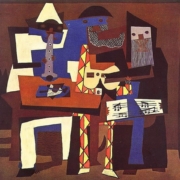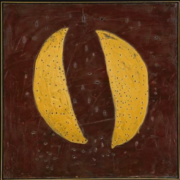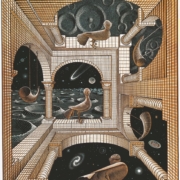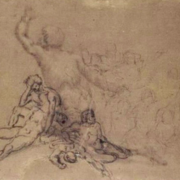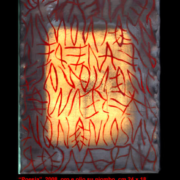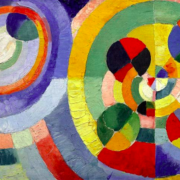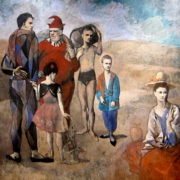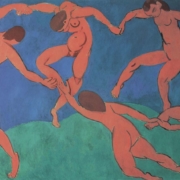Juno, Claire, Camille: How cinema recounts the experience of pregnancy in adolescents
Abstract
The paper proposes, through the analysis of three films, “Juno”, “Brodeuses” (The embroiderers) and “17 girls”, some reflections on the difficulties of the encounters of adolescents with their own generating capacity. The pregnancies arise from profoundly different contexts and deals with the uncomfortable relationship in becoming a woman that seems to be connected with the difficulties encountered in connection with a mother experienced as unable to fulfil a supporting role.
Motherhood is seen in some cases as an attempt to get out of this difficultly entwined relationship full of strongly felt unresolved problems and unsatisfied needs in which the pregnancies are called upon to fill, in others, a difficulty of representation in the somatic psychic is expressed. This aspect shows the difficulty of facing the changes in ones own body and its new potential, which are tested on the unconscious level during pregnancy.
The films also speak of the difficulty encountered in the becoming of women and mothers when the fathers are fleeing from their function of separating elements of the mother daughter couple Read more


